World Geography Asia
World Geography Physical
On the basis of major physical characteristics the earth can be divided into large continuous land masses known as Continents and the surrounding water bodies known as Ocean. Major continents of the world are Asia, Africa, Europe, North America, South America, Antarctica, and Australia.
ASIA Extent
Asia is the world largest continent, having an area of 44,444,100 sq km. It covers 8.8% of the Earth’s total surface area with the population of 4.4 billion which is 60 % of the world’s total population. It is a continent of contrast in relief, temperature, vegetation and people also. Asia is to the east of the Suez Canal, the Ural River, and the Ural Mountains, and south of the Caucasus Mountains and the Caspian and Black Seas. It is bounded on the east by the Pacific Ocean, on the south by the Indian Ocean and on the north by the Arctic Ocean.
Regional DivisionsAsia can be divided into six physiographic divisions:1. Central Asia: Kazakhstan, Kyrgyzstan, Tajikistan, Turkmenistan, Uzbekistan 2. Eastern Asia: China, Hong Kong, Japan, North Korea, South Korea, Macau, Mongolia, Taiwan Northern Asia: Russia3. South-eastern Asia: Brunei, Myanmar, Cambodia,Indonesia, Laos, Malaysia, Philippines, Singapore, Thailand, Timor-Leste, Vietnam. 4. Southern Asia: Afghanistan, Bangladesh, Bhutan, India, Maldives, Nepal, Pakistan, Sri Lanka. 5. Western Asia: Armenia, Azerbaijana, Bahrain, Cyprus, Georgia, Iran, Iraq, Israel, Jordan, Kuwait, Lebanon, Oman, State of Palestine, Qatar, Saudi Arabia, Syria, Turkey, United Arab Emirates, Yemen.
Major Physical DivisionsThe major physical divisions of Asian continent are:1. The Northern Lowlands2. The Central Mountains3. The Central and Southern Plateaus4. The Peninsulas, the Deserts5. The Great River Plains, the Island Groups1. The Northern LowlandsThe Northern Lowlands are the extensive plain areas which comprise of several patch of lowlands of this large continent. The major lowlands are:Great Siberian plainIt extends between the Ural Mountains in the west and river Lena in the east. It is the largest lowland in the world covering an area of 1,200,000 square miles approx. Manchurian PlainIt is the area adjoining Amur river and its tributaries of northern part of China with an area of 135,000 square miles approx. Great Plains of ChinaIt is contributed by two major rivers of China, Hwang Ho and Yangtze river which covers an area of 158,000 square miles approx. Tigris-Euphrates plainsThese are formed by river Ganga 984,000 sq. miles approx.2. The Central MountainsThese are the prominent and extensive mountain ranges which covers the parts of Central Asia. They consist of Pamir and Tian Shan ranges, and extending across portions of Afghanistan, China, Kazakhstan, Kyrgyzstan, Tajikistan, and Uzbekistan. These mountain ranges are designated as biodiversity hot spot by Conservation International which covers several montane and alpine ecoregions of Central Asia. It encompasses several habitat types, including montane grasslands and shrublands, temperate coniferous forests, and alpine tundra. A mountain knot is a junction of two or more mountain ranges.
The two main mountain knots in Asia are:• The Pamir Knot is the junction of five mountain ranges they are the Sulaiman, the Hindu Kush, the Kunlun, the Karakoram and the Himalayan ranges. Mount Everest, the highest peak in the world in the Himalayan range. • The Armenian Knot is connected to the Pamir Knot by the Elburz and the Zagros Ranges that originate in the Armenian Knot. The Tien Shan and the Altai are other mountain ranges in Asia. 3. The Central and Southern PlateausPlateaus are the land areas having a relatively that surface considerably raised above adjoining land on at least one side, and often cut by deep canyon. 4. Peninsulas DesertsA peninsula is a mass of land surrounded by water, but attached to the mainland. The Deccan plateau region is also a peninsula. The major peninsulas of Arabia, India and Malay are in southern Asia. The Kamchatka peninsula lies in north- eastern Asia. Asia has some big deserts such as the Gobi, the Takla Makan, the Thar, the Kara-kum and the Rub-al-Khali Deserts. 5. (a) Islands of AsiaAsia also has a cluster of islands, also called an archipelago. An archipelago sometimes called an island group or island chain, which are formed close to each other in large clusters. Indonesia, Philippines, Japan, Andaman and Nicobar are some examples of archipelagos. 5. (b) Drainage of AsiaThe drainage of Asia consists of mighty oceans, extensive seas, lengthy rivers and their tributaries and distributaries, major lakes, etc. Oceans: Asian continent is surrounded by three major ocean from three sides such as • The Pacific OceanIt covers the eastern part of Asia where major rivers of eastern Asia drain, such as Menam Mekong, Xi Jiang, Chang Xiang, Huang Ho and Amur. • The Indian OceanIt covers the southern part of Asia and the major rivers flow into Indian Ocean are Tigris, Euprates, the Indus, the Ganga, Brahmaputra, Irrawaddy, Salween. • The Arctic OceanIt covers the Noth east part of Asia and consists of three major rivers such as Ob, Yenisey and Lena. SeasAs the continent is covered by sea from its three sides, It has also characterised by long stretch of bay and gulf. Major seas contributing Asian Drainage are Sea of Galilee, Andaman Sea, Arabian Sea, Banda Sea, Barents Sea, Bering Sea, Black Sea, Caspian Sea, East Siberian Sea, Java Sea, Kara Sea, Laccadive Sea, Sea of Japan, Sea of Okhotsk. South China Sea and Yellow Sea. LakesMajor lakes of Asia are Lake Baikal, Onega, Ladoga, and Peipus in Russia; Lake Akan, Mashu, Biwa, Shikotsu in Japan; Qinghai Lake, Lake Khanka in China; Dal Lake, Chilka, Vembanada, Pullicat and Sukhna in India; Lake Matano and Toba in Indonesia, etc. ClimateAs a land of Contrast Asia is characterized by varied climatic type on the basis of the temperature and rainfall condition. The rainfall across the continent is highly influenced by Monsoon winds the Asia can be divided into three major climatic zones such as: Monsoon ClimateThe Monsoon Asia is the zone including south and south east Asia and east Asia where the effect of monsoon is prominent. Hence the climatic condition varies according to monsoonal wind flow. After the onset the wind starts moving in the north west direction, hence causing rain over the eastern coast of Indian subcontinent, and parts of south east and east Asia. Moreover the summer spell in India is very hot and dry which trigger the occurrence of additional heavy precipitation owing to tropical cyclones. In winters the central land mass of Asia gets cool more rapidly than the surrounding ocean. This climatic phenomenon starts the flow of cold descending air current in the central Asia which results into generation of high pressure in the heart of Asia. The high pressure starts chasing the low pressure zone present over Indian and Pacific Ocean due to comparatively high temperature. This is called as retreating monsoon or season of winter monsoon. As a result of these phenomena of both onset and retreat of monsoon there is marked difference in the climate of Northern and Southern part of Asia. Dry ClimateThe Dry Asia consists of South West Asia, Central Asia and Mongolia. Latitudinally it varies from tropical desert of Arabian Peninsular to subtropical steppe in Afghanistan and further to mid latitude steppe and desert of Mongolia and Northern China. As compared to other parts of the continent the rainfall is also very less, i.e. 2.5 cms to 20 cms and it is very unpredictable throughout the region. Moreover a Mediterannean climate is experienced over the coastal region which receives winter rainfall. Cold ClimateThe Cold Asia is experienced in maximum part of Russia as an influence of sub-arctic climate. The summer is comparatively mild and lasts for only for four month. The rainfall is also less as compared to other parts of the continent. The annual rainfall accounts for only 50 cms in the coastal areas whereas towards interior, it decreases up to 25 cms.Natural VegetationThere are various types of vegetation found in Asia. For examples: TundraThe Tundra extends to 70°N and with further south extensions on high altitudes (Chersk, Verkhoyansk and Kamachatka mountains). The region is covered by cold, treeless plains with permanently frozen subsoil. The TaigaThe Taiga found in south of tundra is a belt of coniferous forests running across whole of Siberia from west to east reaching Pacific and northern part of Japan. The trees have small leaves, deep roots and thick bark. The species (pine, spruce and fir, etc.) are growing successfully in cold and dry environment. Temperate GrasslandsTemperate GrasslandsThese are elongated, unbroken stretch of the Steppes from Ukraine to Manchuria, which further stretches to several thousand miles in southern Siberia. Region gets low precipitation although cold winters with warm summer. High elevated mountains here are covered with forests. Mediterranean Scrubland is an area of dry land with small bushes and trees In this region summers are hot and dry; the winters mild and moist. Thus vegetations grown here are of small size, short leaves, deep roots, and thick barks to retain moisture. It includes countries of Israel, Lebanon, Syria, Iraq, and the plateaus of Turkey and Iran. Desert VegetationDesert Vegetation types are found in the Arabian Peninsula, the deserts of Tibet, Mongolia, and the desert-like steppe-lands bordering the Caspian Sea. The region is sparsely populated by vegetation. Moisture-combating plants, waxy, deep-rooted or thorny shrubs and sporadic stunted trees grow here. Monsoon VegetationMonsoon Region vegetation varies with the amount of annual rainfall each year in this region. The average range of rainfall varies between 40 inches and 80 inches annually. Mostly, tropical deciduous (shedding leaves seasonally) forests, and those which receive less than 40 inches have savanna and steppe-like vegetation are seen. The monsoon lands have been extensively modified by human settlement and put to cultivation, and little trace of the original vegetation survives. Tropical RainforestTropical Rainforest is the region where evergreen, broad- leafed tall and high-crowned trees are found in this region. Several species having a dense canopy above the floor due to the heavy rainfall received all round the year. The savannas and deciduous trees cover the ground, the subequatorial and the areas that lie in the rain shadow on the leeward slopes. Malaysia and Indonesia, southern Sri Lanka and Java have such vegetation. Plantation tea, rubber, coffee, cocoa, etc. are found here.Mountainous VegetationVegetation in the Mountain area is found on southern and eastern Asia. The higher elevated part is snow covered by meadows. Lower parts are covered by broad-leafed deciduous forests, and on higher ground the coniferous trees occur.
Peaks of Asia
• Mount Everest (8848 m), Nepal-Tibet, China border• K2 (8,61,1 m), Pakistan-China• Kangchenjunga (8,586 m), Nepal-Sikkim (India).• Lhotse (8,516 m), Nepal-Tibet, China• Makalu (8,462 m), Nepal-Tibet, China• Cho Oyu (8,201 m), Nepal-Tibet, China• Dhaulagiri (8,167 m), Nepal



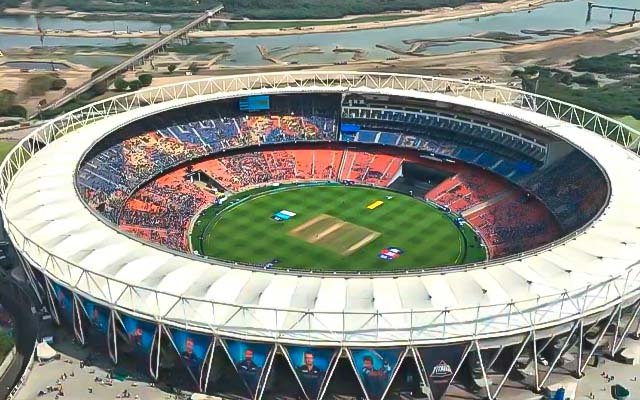
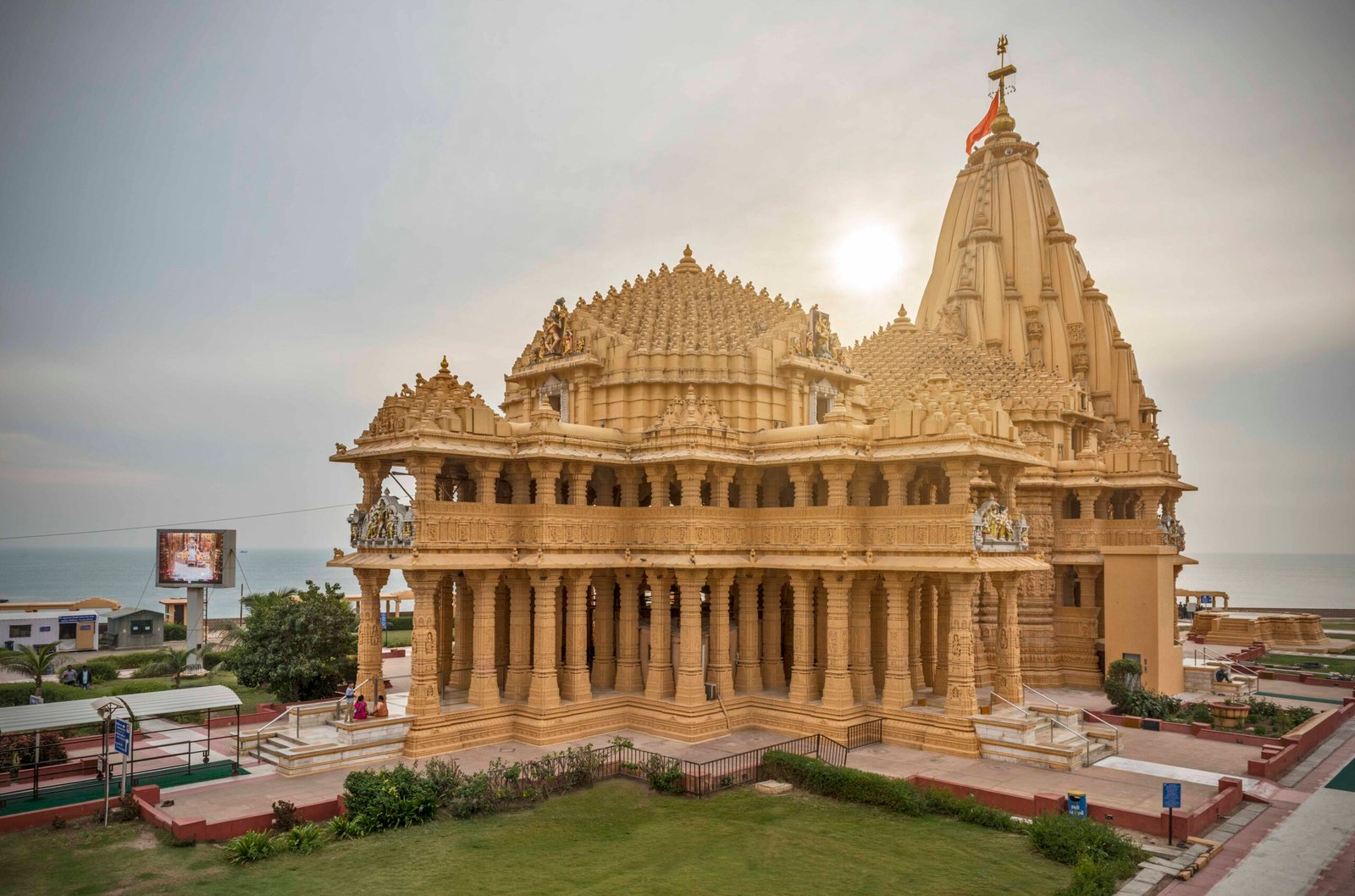
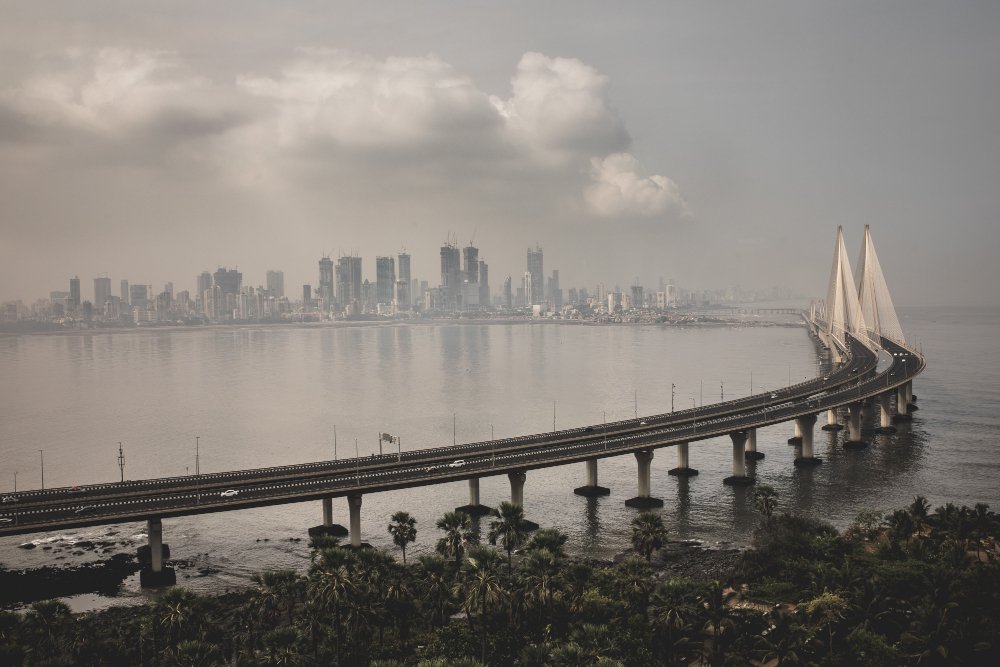
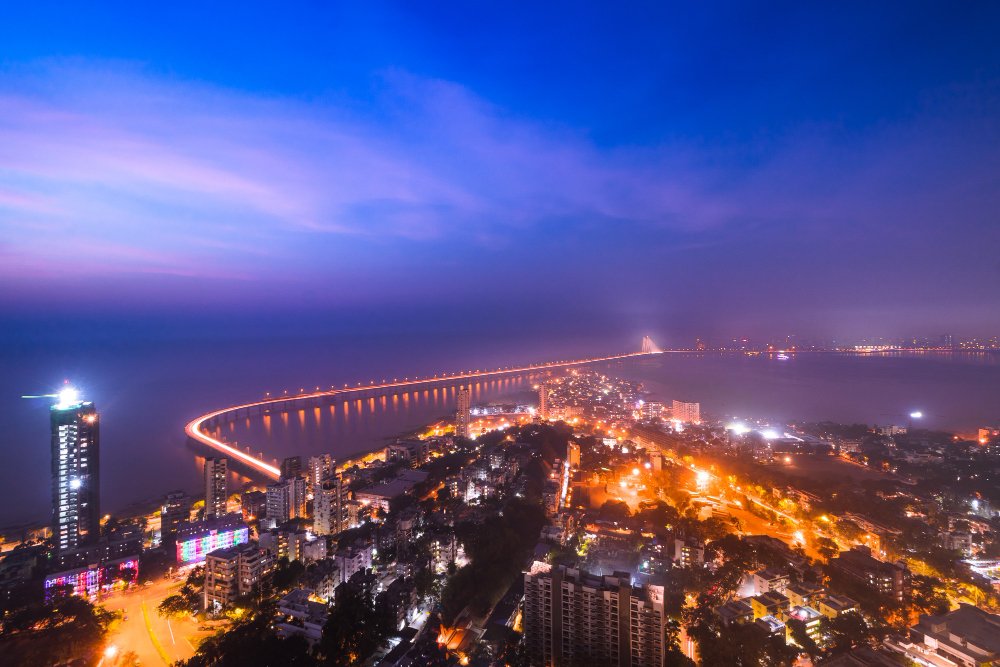
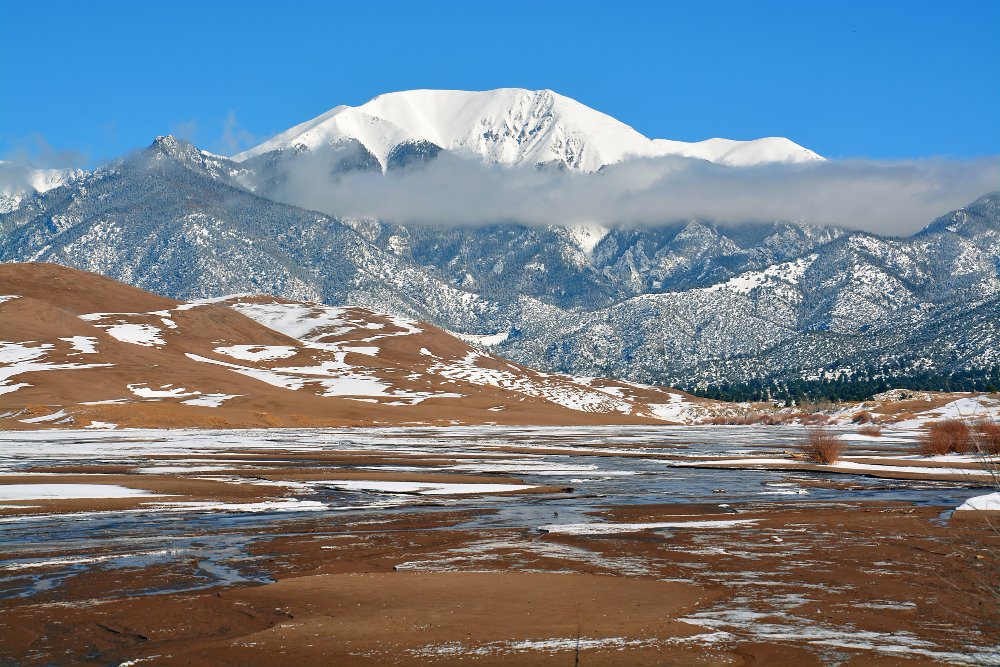
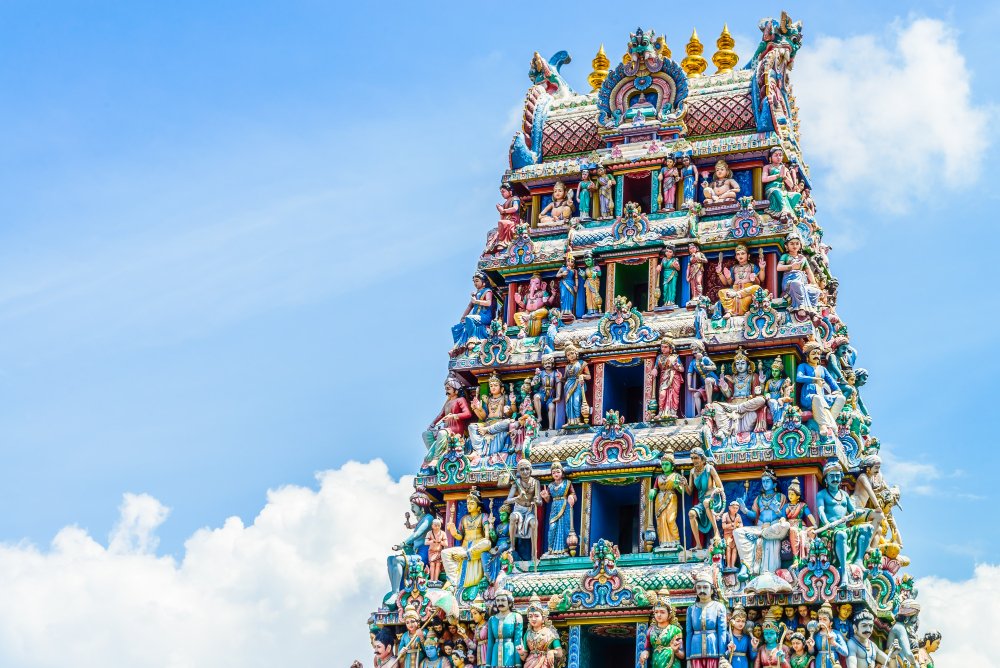




[…] World Geography Asia | Continent, Countries, Regions […]
Hello there, You’ve done a great job. I will certainly digg it and personally recommend to my friends. I am sure they’ll be benefited from this site.